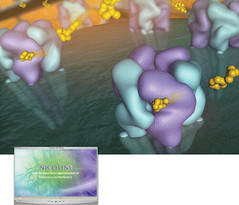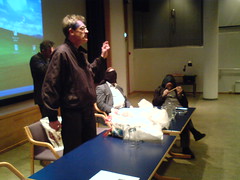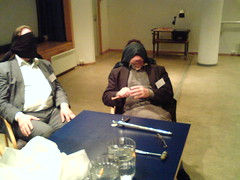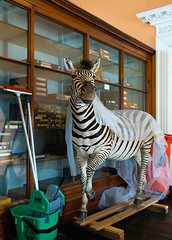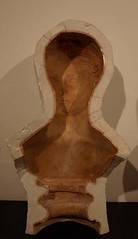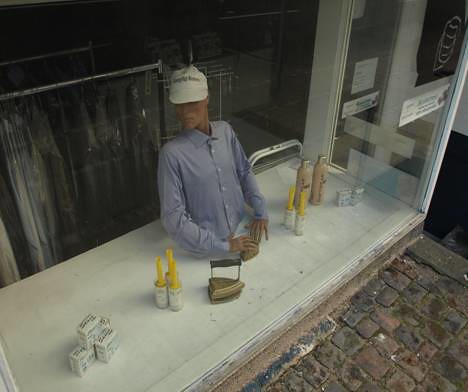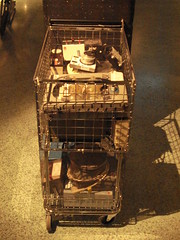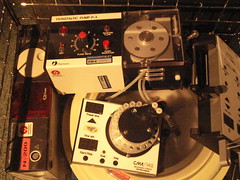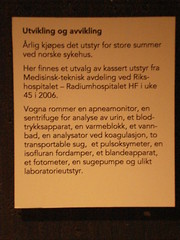In earlier posts (e.g., here, here and here) I’ve discussed new buzz-notions in contemporary biomedicine, like ‘translational medicine’. Another ubiquitous buzz-notion is ‘personalised medicine’ — i.e., “the use of detailed information about a patient’s genotype or level of gene expression and a patient’s clinical data in order to select a medication, therapy or preventative measure that is particularly suited to that patient at the time of administration” (quoted from Wikipedia) — which has been widely spread in the wake of the Human Genome Project.
‘Personalised medicine’ is one of those notions that disclose how most current science policy language users seem to lack basic historical awareness. For example, those who enthusiastically speak about ‘mode 2’ as a new mode of knowledge production often seem to be utterly unaware of the fact that mode 2-like science has been around since the 17th century. Same with ‘evidence based medicine’ — and ‘personalised medicine’.
Physicians in the 1960s didn’t have access to genome data, but their therapeutical measure were nevertheless of course based on detailed information about the patients’ clinical data in order to select medications, therapies or preventative measures that were particularly suited to each individual patient.
Postgenomics will provide much more extensive data sets, and may even give more precise basis for therapy. But the personalised approach as such of course didn’t emerge with postgenomics; it goes much further back. As Otniel E. Dror at the Hebrew University of Jerusalem points out, it actually goes back to Hippocratic medicine:
I am working on the concept of “personalized medicine” from a historical perspective. Looking back at ancient medicine (especially Greek and Roman) one can easily use the concept of the “The four Humors” embedded in the works of Hippocrates and onward as a source for the personalized differentiation of the medical treatment procedures and outcomes, e.g moving from Dyscrasia to Eucrasia.
Quoted from today’s issue of the H-SCI-MED-TECH-list, where Otniel Dror is also asking for help from other historians of medicine:
However I am missing specific examples in the literature describing actual use (if there are any) of such concepts for developing diagnosis and treatments adapted to the personal characteristics of the humoral state.
You can respond below or contact Otniel directly on otnield@ekmd.huji.ac.il.


